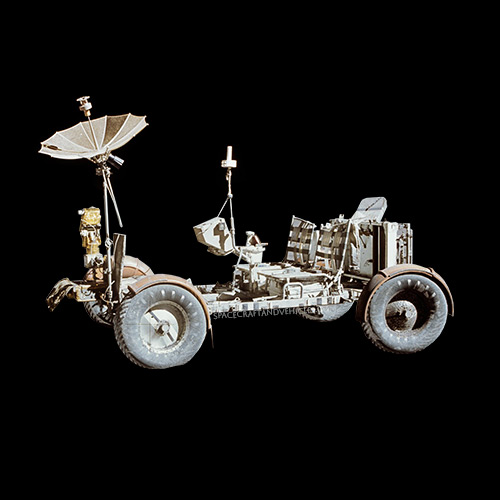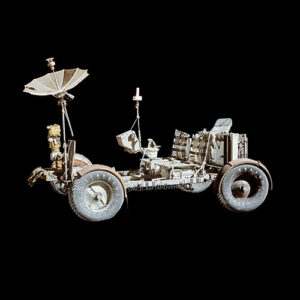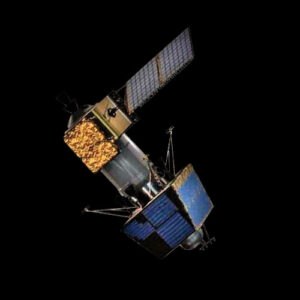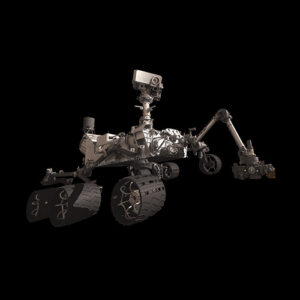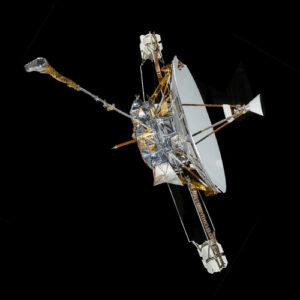The Apollo Lunar Roving Vehicle (LRV), also known as the “Moon buggy,” was a groundbreaking addition to NASA’s Apollo program, designed to enhance the mobility and exploration capabilities of astronauts during lunar surface missions. Its significance lies in revolutionizing lunar exploration by allowing astronauts to travel greater distances from their landing site, collect diverse samples, and conduct scientific experiments more efficiently.
Design and Construction
The Apollo Lunar Rover was a lightweight, four-wheeled electric vehicle specifically engineered for lunar conditions. It featured a modular design, with a collapsible frame to fit within the limited storage space of the Lunar Module (LM) ascent stage.
The rover‘s construction utilized lightweight aluminum alloy, with wire mesh wheels designed to provide traction in the lunar soil. Engineering challenges included designing a vehicle capable of withstanding the harsh lunar environment while maximizing range and payload capacity within strict weight constraints.
Mission Objectives
The primary objective of the Apollo Lunar Rover was to extend the range of lunar exploration during Apollo missions, allowing astronauts to travel several kilometers from their landing site and collect samples from diverse geological formations.
Secondary objectives included deploying scientific instruments, conducting experiments, and enhancing astronaut productivity and safety during surface operations.
Launch and Deployment
The first Apollo Lunar Rover, designated LRV-1, was deployed during the Apollo 15 mission in July 1971. Subsequent rovers were deployed on Apollo 16 and Apollo 17 missions.
The rovers were stowed in the Lunar Module‘s descent stage during the journey to the Moon and deployed once astronauts reached the lunar surface. Key milestones include the successful deployment and operation of the rovers, enabling astronauts to traverse significant distances on the Moon’s surface.
Technical Specifications
- Dimensions: Length – 3.1 meters, Width – 1.8 meters, Height – 1.4 meters
- Weight: Approximately 210 kilograms
- Payload Capacity: Up to 490 kilograms
- Propulsion System: Four electric drive motors powered by non-rechargeable silver-zinc batteries
- Power Source: Non-rechargeable batteries with a total capacity of 121 ampere-hours
- Instruments and Equipment: High-gain antenna for communication, television camera for remote navigation, scientific equipment including a lunar surface magnetometer and a cosmic ray detector.
Current Status
The Apollo Lunar Rovers were retired after the conclusion of the Apollo program in 1972. However, they remain on the lunar surface, serving as iconic symbols of human exploration and achievement.
